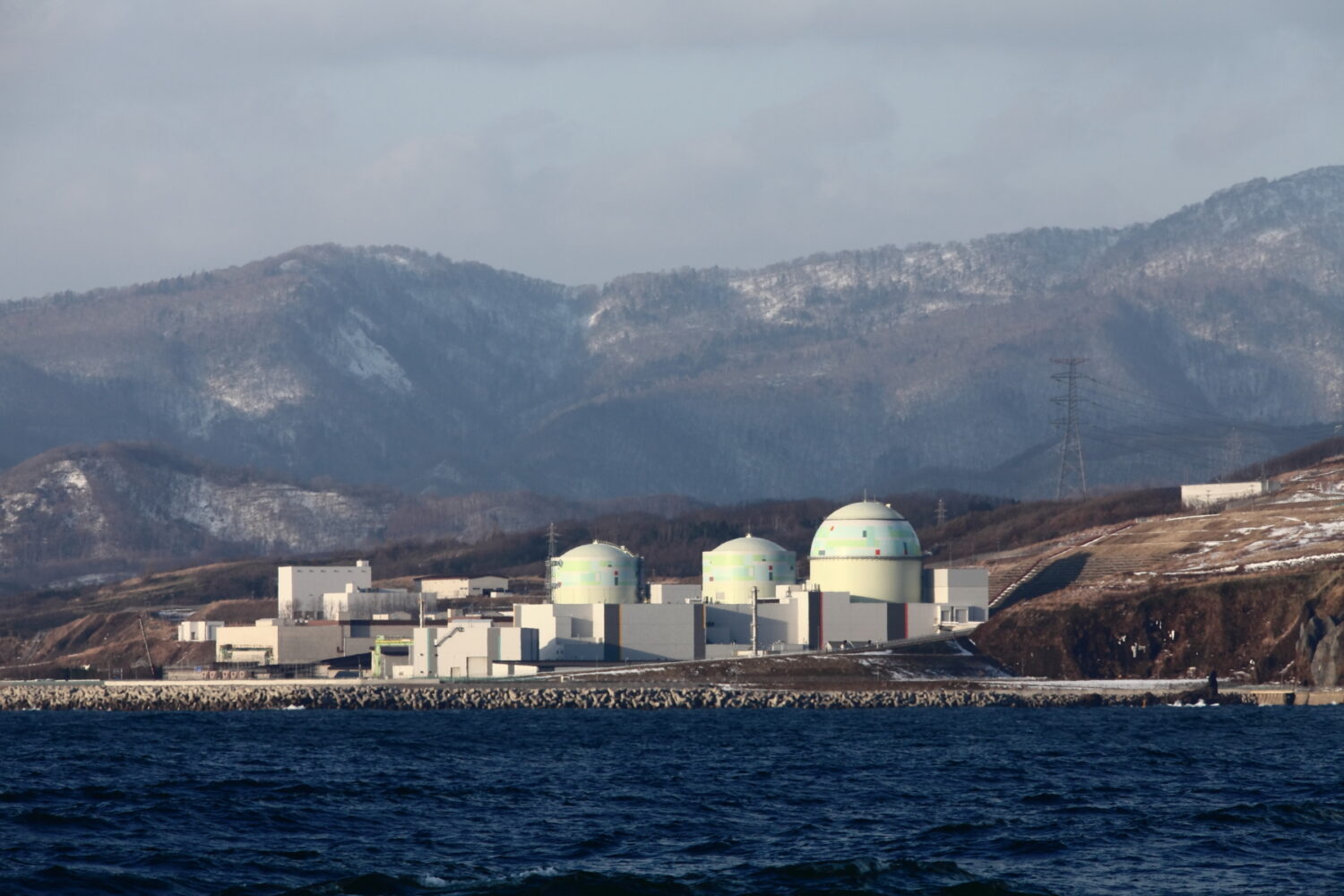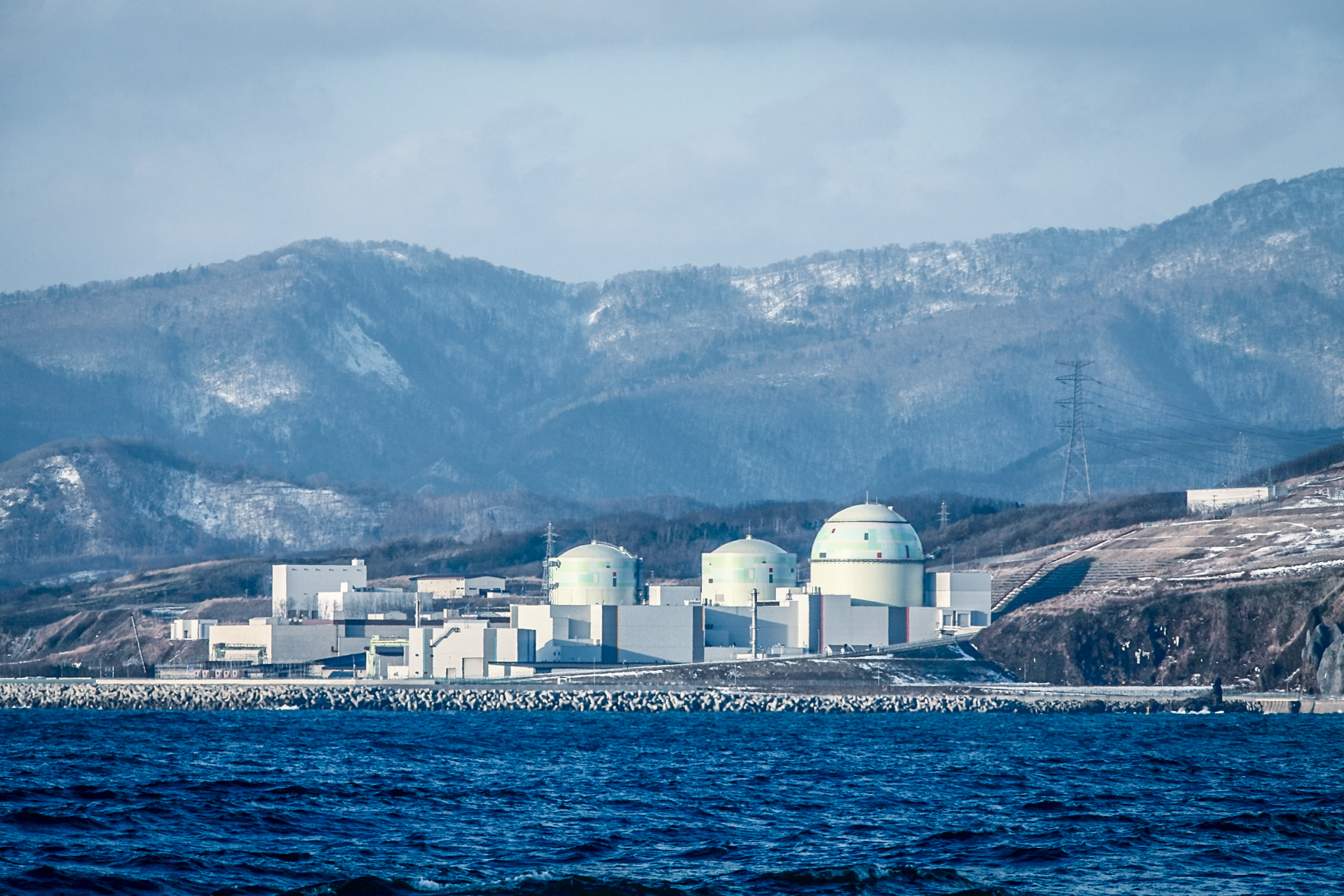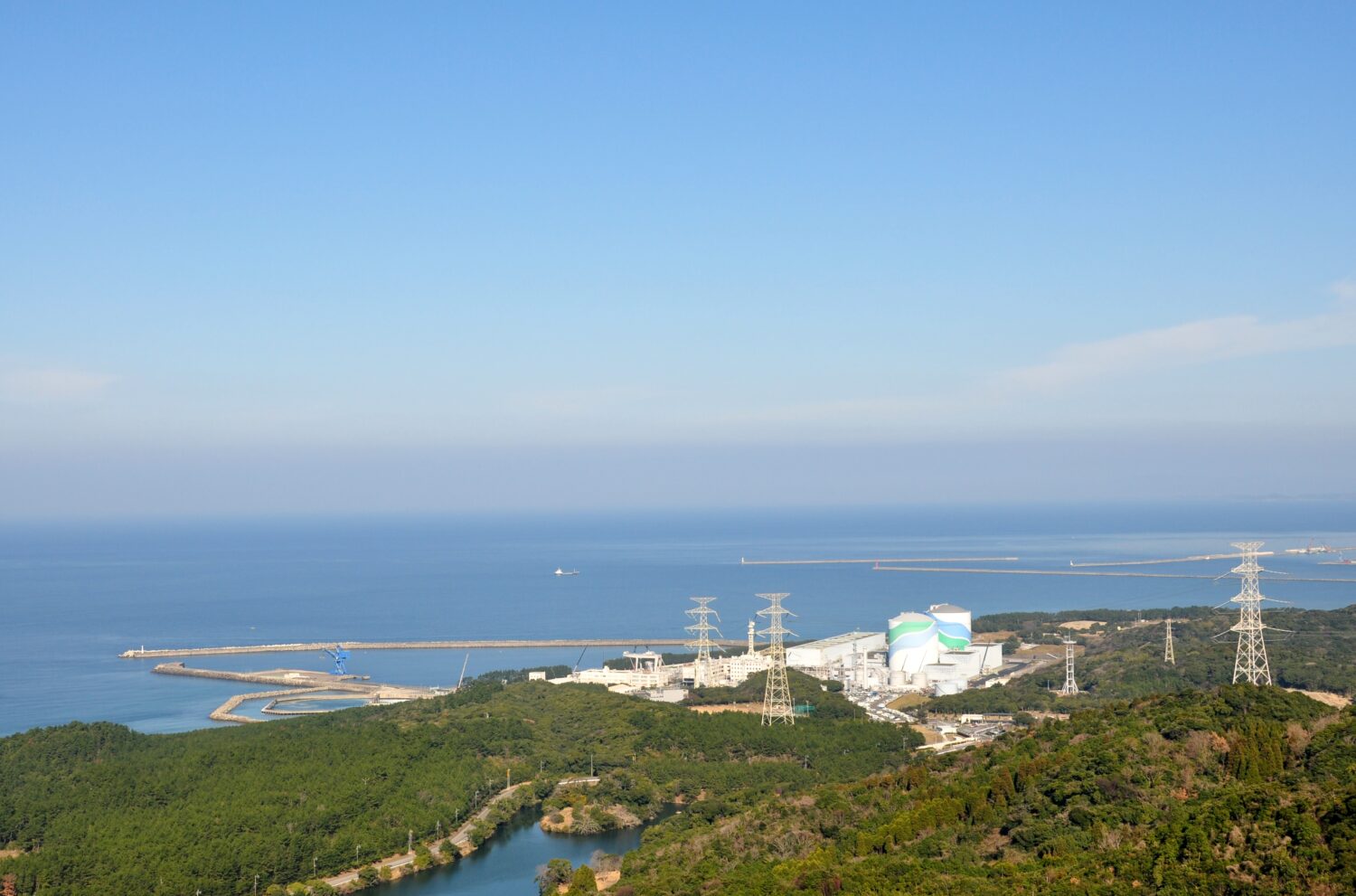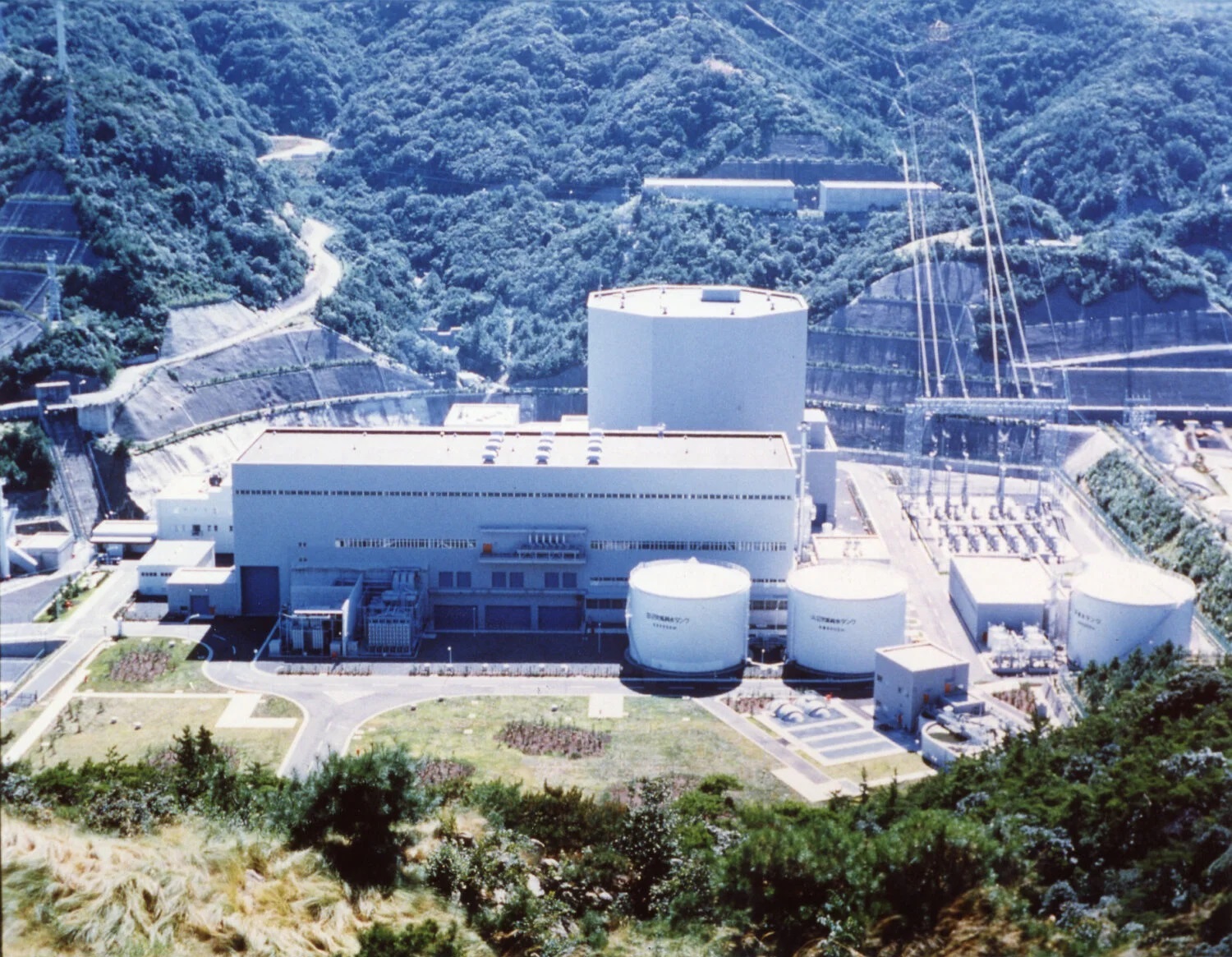In the same regard, it had earlier filed applications for permission to change reactor installations on March 17, but had to submit the construction work plans separately, as it took additional time for seismic safety evaluations on account of changes in the basic design earthquake ground motion level from 550 gals to 700 gals.
Similarly, Kansai EP had applied for permission on April 30 to extend the operating lifetimes of the Takahama-1 and -2, after which it reviewed standard ground motion levels and implemented seismic safety evaluations of major equipment in the interior of the primary containment vessels (PCVs). Having confirmed that extensions to 60 years of operation would present no problems, it submitted amendments to the NRA on July 3.
Takahama-1 has been in service for more than 40 years, with Unit 2 reaching that mark in November. Both reactors are currently authorized to operate until July 7 of next year, as specific exceptions in current circumstances. Considering the time required for the examinations, the NRA will conduct examinations for lifetime extensions and evaluate measures for aging reactors during its evaluation meetings on compatibility with the new regulatory standards.


-013.jpg)

-049.jpg)
.jpg)










